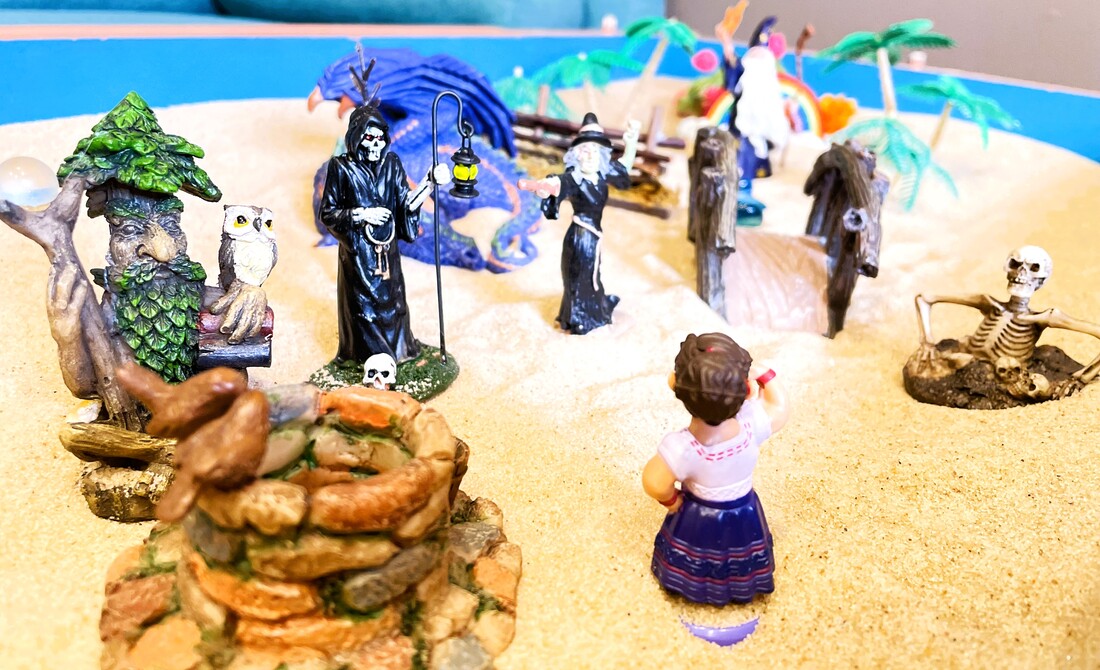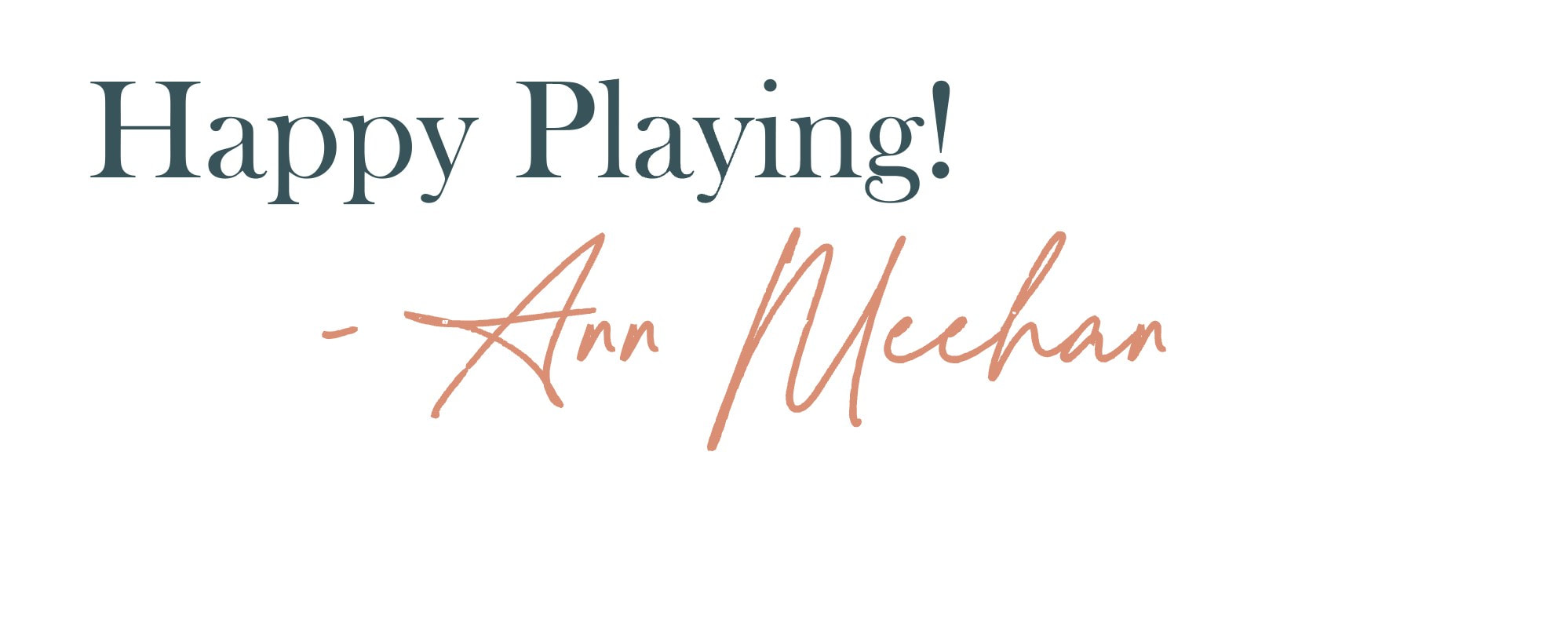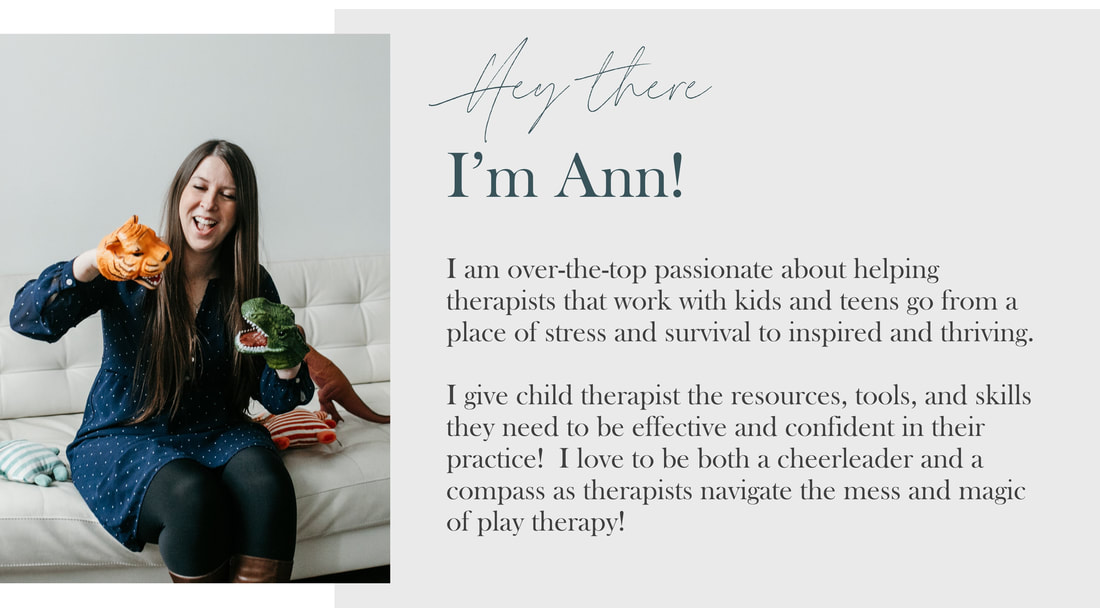|
If you work with kids, you absolutely work with trauma. Trauma comes in all forms and can have profound impacts on a child’s wellbeing, sense of self, connection with the world, and everyday functioning. So, it’s no surprise that most therapists are looking for ways to heal trauma with the therapeutic powers of play!
And at the same time, you are likely asking yourself - is this too fast? Too much? Is the child ready for this kind of work? Am I pushing them too far?
There are some forms of trauma therapy for kids that are highly structured such as TF-CBPT and other forms such as EMDR that hold more flexibility (my favorite!). If you add specific forms of play therapy that are used for trauma like TraumaPlay™ or general models of play therapy that can be used with trauma like Child Centered Play Therapy there is a wide variety for therapists who work with kids to choose from.
I wanted to talk about one of my favorite modalities of therapy to use with kids for trauma that I frequently combine with EMDR, but that you can also use without training specific in other trauma modalities. And that therapy? Well… it’s sandtray!! Sandtray is one of my absolute favorite modalities for working with children and teens with trauma. I wanted to give you my top 5 reasons you should consider using sandtray for healing trauma with kids and teens! First is that it can be a non-verbal modality. With sandtray usually some questions are asked to explore the world and some processing prompts can be used to go deeper BUT if a child doesn’t want to say anything about the tray they absolutely don’t have to. Next is that with a sand tray you can project subconscious or unconscious material into the tray. Even if a child is not ready to consciously talk about the specific trauma or details there is a high likelihood that some or all of the trauma will be projected into the tray. The next reason I LOVE sandtray for healing trauma is that it allows for high levels of containment. The four walls of the tray allow the disturbing or traumatic material to be contained within a smaller space. There are also opportunities to contain traumatic material within the tray by putting things in a box, fences, or burying. Creating worlds in the sandtray also allows for levels of distance. The creation of the world with miniatures in the tray allows for space between the trauma and the self. If the tray becomes too intense it is also easy to look away or walk away from the tray. Sandtray also allows for empowerment. Some sandtray therapists will prompt or allow for movement of miniatures or addition of resources. When using sandtray the creator gets to choose if this is the way they want the world to be and get to have empowerment with deciding what they need to be different or what resources or support they need. So there it is! My top 5 reasons why I use sandtray to heal trauma with kids and teens! I hope that this has expanded how you see sandtray and the kids and teens on your caseload you think it could benefit! If you are interested in getting trained in sandtray you HAVE to check out my training Creating Worlds: An Introduction To Sandtray Play Therapy! This training will prepare you from start to finish to start using Sandtray in your practice with kids and teens. Say hello to your step-by-step guide to sandtray HERE! Loading...
0 Comments
Leave a Reply. |
Hi, there!I'm Ann Meehan, an LPCC, Loading... Archives
July 2024
Categories
All
|
Privacy Policies | Terms of Use | Disclaimer
Contact
[email protected] | Copyright Meehan Mental Health Services 2022
Contact
[email protected] | Copyright Meehan Mental Health Services 2022






